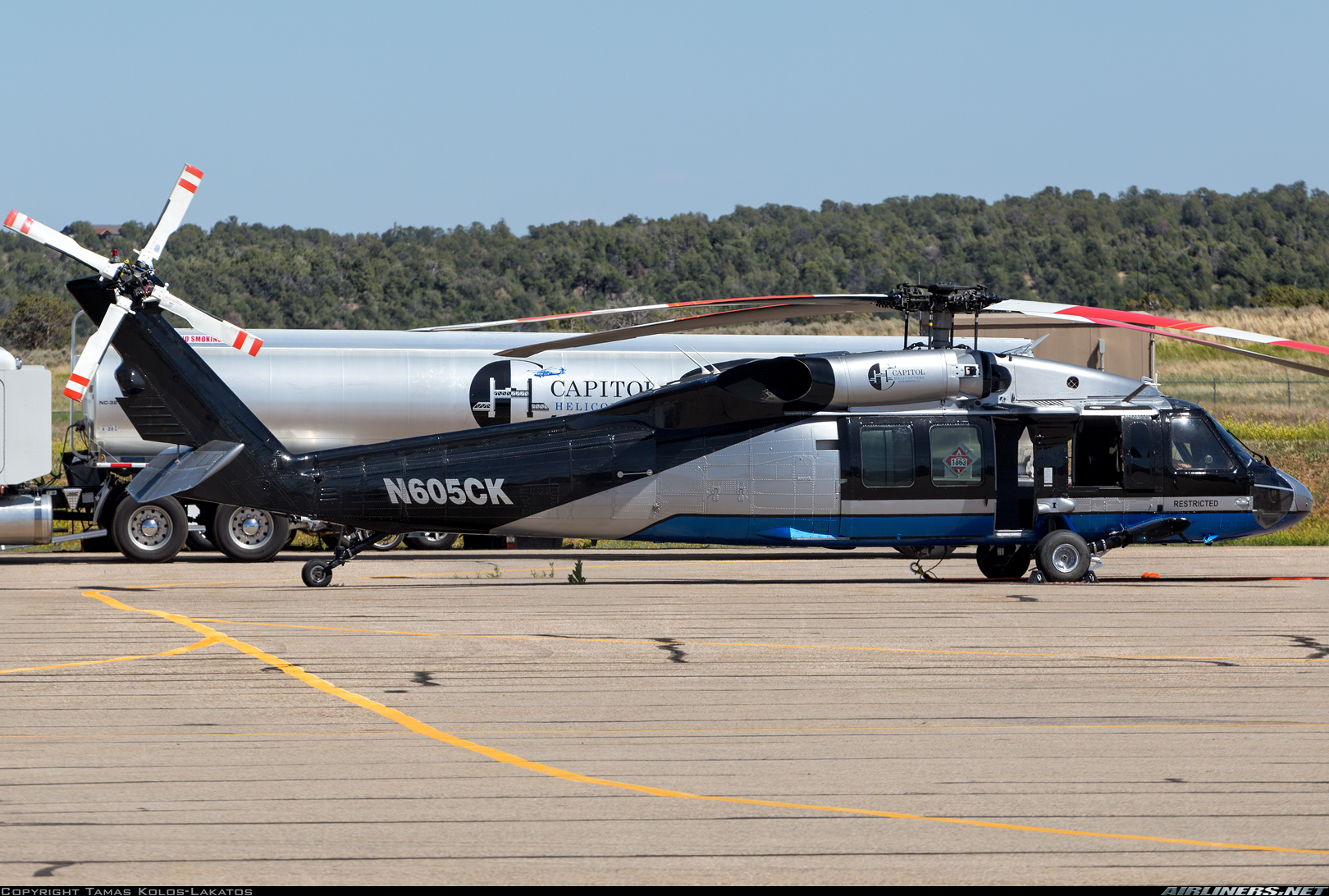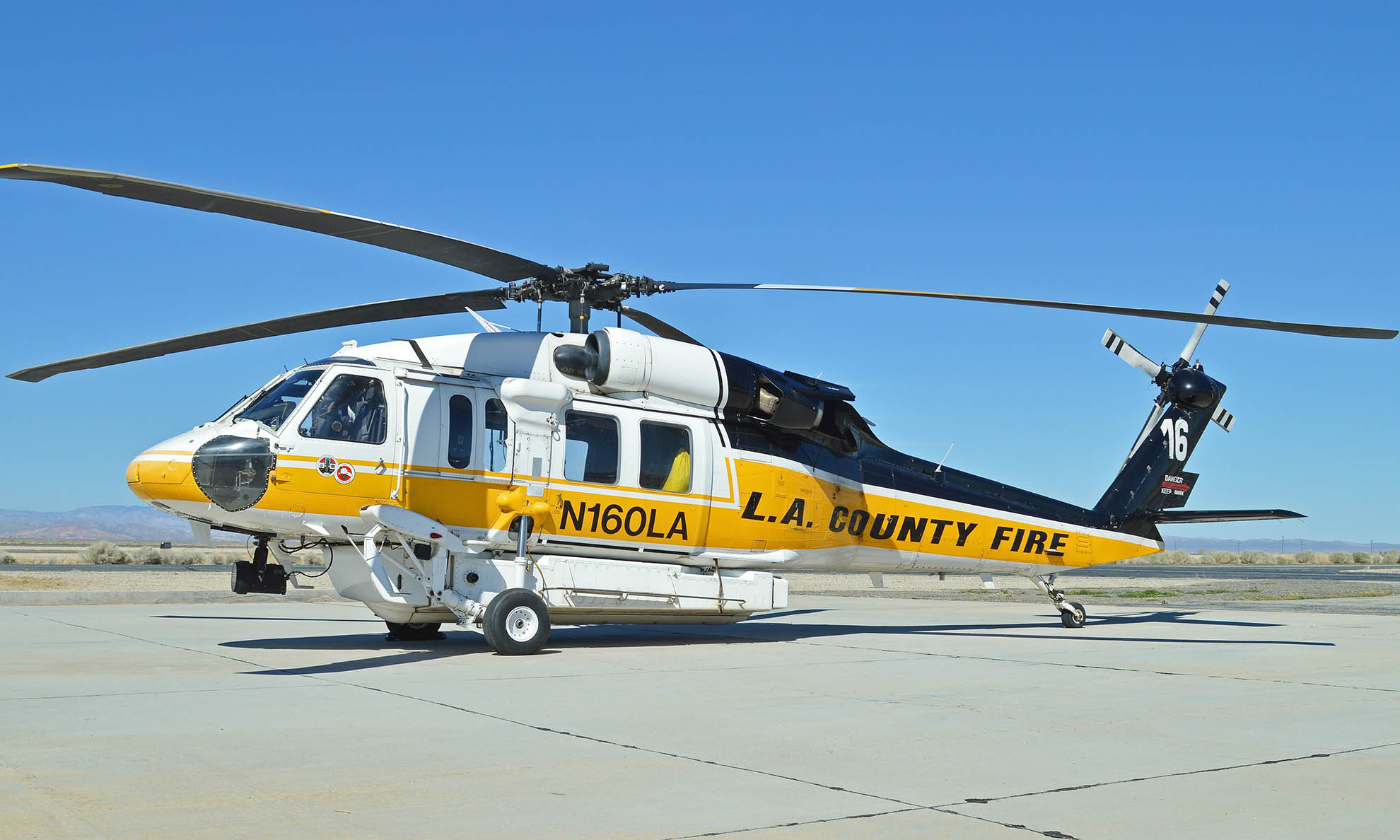How the Sikorsky S 70 Attracts Attention in the Helicopter Market
How the Sikorsky S 70 Attracts Attention in the Helicopter Market
Blog Article
Rotary-Wing Aircraft Offering Superior Resilience and Accuracy Engineering
In the world of air travel, rotary-wing aircraft have long been recognized for their one-of-a-kind capacities in numerous operational environments. From army objectives to private applications, the advancement of rotary-wing innovation has led the way for equipments that use unequaled toughness and precision engineering. With innovations in products and building strategies, paired with advanced trip control systems, these airplanes have ended up being crucial tools for jobs that require both toughness and accuracy. As we check out the detailed balance in between development and integrity in rotary-wing aircraft, it ends up being apparent that the merging of cutting-edge modern technology and proven layout principles has actually established a new standard for efficiency and effectiveness in the aerospace market.
Development of Rotary-Wing Technology
Throughout the background of aeronautics, the evolution of rotary-wing innovation has been a testimony to regular innovation and development in aerial design. From the very early days of upright flight with simple designs to the advanced helicopters and other rotary-wing airplane of today, the development in this area has been amazing.
In the very early 1900s, leaders like Igor Sikorsky and Juan de la Cierva made significant strides in rotary-wing modern technology. Sikorsky's VS-300 helicopter, initial flown in 1939, noted a turning point in the advancement of useful rotary-wing airplane. This success led the means for further improvements in upright trip abilities.

Today, rotary-wing aircraft play important functions in numerous industries, consisting of army procedures, emergency clinical solutions, police, and commercial transportation. The evolution of rotary-wing modern technology continues to push the boundaries of what is feasible in upright trip, guaranteeing that these aircraft stay important possessions in the aeronautics sector.
Products and Construction Innovations
Showing a blend of sophisticated products and precise construction methods, rotary-wing airplane have actually undertaken considerable advancements in longevity and performance. Among the essential advancements in materials utilized for rotary-wing aircraft is the raising usage of composite materials. These materials, such as carbon fiber strengthened polymers, offer a high strength-to-weight proportion, improving both the structural integrity and total efficiency of the airplane. Furthermore, developments in producing processes have actually enabled even more specific and detailed construction of rotary-wing components, contributing to boosted the rules of aerodynamics and performance.
In addition, the combination of innovative coatings and surface area treatments has actually played an important function in improving the longevity of rotary-wing aircraft. These coverings supply protection against rust, abrasion, and extreme weather, extending the lifespan of the airplane and decreasing maintenance requirements.
In regards to building advancements, additive manufacturing, additionally called 3D printing, has reinvented the production of facility components for rotary-wing airplane. This technology permits for rapid prototyping and personalization, resulting in quicker development cycles and lowered prices. On the whole, the continual advancement of materials and building and construction strategies is driving the capabilities and performance of rotary-wing aircraft to brand-new elevations.
Accuracy Trip Control Systems

The integration of GPS modern technology better enhances the accuracy and reliability of these systems, enabling accurate navigation, waypoint tracking, and automated flight control. sikorsky s 70. This degree of precision not just boosts the safety and security of rotary-wing operations however also boosts overall operational performance and mission efficiency
Additionally, the constant advancements in expert system and artificial intelligence have helped with the development of autonomous trip abilities within Precision Flight Control Solution. This allows rotary-wing airplane to do complex objectives with unparalleled precision and consistency, making them important assets in a wide variety of applications, more consisting of army operations, search and rescue goals, and aerial digital photography.
Longevity in Challenging Atmospheres
In requiring functional settings, rotary-wing airplane demonstrate remarkable resilience and effectiveness, ensuring optimum efficiency under difficult ecological conditions. These aircraft are designed to stand up to a wide variety of ecological aspects, consisting of severe temperatures, high winds, and harsh terrain, making them appropriate for numerous goals in varied landscapes.
One vital variable adding to the sturdiness of rotary-wing airplane is their sturdy construction. These airplanes are constructed utilizing high-quality materials and advanced design techniques to enhance their architectural honesty and reliability. In addition, parts such as rotor blades, engine systems, and touchdown gear are meticulously created to stand up to the stress and anxieties and pressures experienced throughout operations in tough settings.
Moreover, rotary-wing aircraft are outfitted with innovative onboard systems that check performance metrics in real-time, permitting proactive upkeep and very early detection of possible problems - sikorsky s 70. read the article This proactive technique helps protect against unexpected failings and makes certain the continued airworthiness of the airplane popular operational settings. Overall, the longevity of rotary-wing aircraft in difficult settings is a testament to their premium engineering and design, making them indispensable assets for various mission-critical operations
Maintenance and Dependability Specifications
The adherence to strict maintenance and dependability criteria is extremely important in making sure the optimum efficiency and safety of rotary-wing aircraft. Routine upkeep checks, performed by licensed professionals, are important to determine and resolve any type of prospective issues prior to they endanger the aircraft's capability. These checks incorporate a thorough assessment of all important elements, including the engine, rotor system, avionics, and hydraulic systems, to assure that they are in prime working problem.
In addition, adherence to set up upkeep intervals in accordance with manufacturer standards is crucial for promoting the aircraft's reliability. This proactive technique assists prevent unforeseen breakdowns and makes sure that the aircraft continues to be airworthy for its intended objectives. Additionally, the execution of durable reliability standards, such as regular component screening and replacement based upon established lifecycles, further improves the aircraft's stability.
Conclusion

Finally, the innovations in rotary-wing aircraft technology have actually caused superior toughness and accuracy engineering. With ingenious materials and building techniques, along with precision more helpful hints trip control systems, these airplane can run in tough settings with raised integrity. The upkeep and dependability requirements make sure that these rotary-wing airplane continue to carry out at their finest, making them important assets for various sectors.
Showing a combination of advanced materials and specific construction strategies, rotary-wing aircraft have actually undergone considerable advancements in resilience and performance. One of the crucial developments in products used for rotary-wing aircraft is the raising use of composite products.With careful interest to information and advanced technical combination, rotary-wing aircraft have embraced Accuracy Flight Control Systems as a keystone of their operational quality. Generally, the durability of rotary-wing airplane in difficult settings is a testimony to their exceptional engineering and design, making them important assets for different mission-critical procedures.
In verdict, the improvements in rotary-wing aircraft innovation have actually led to exceptional resilience and precision design.
Report this page